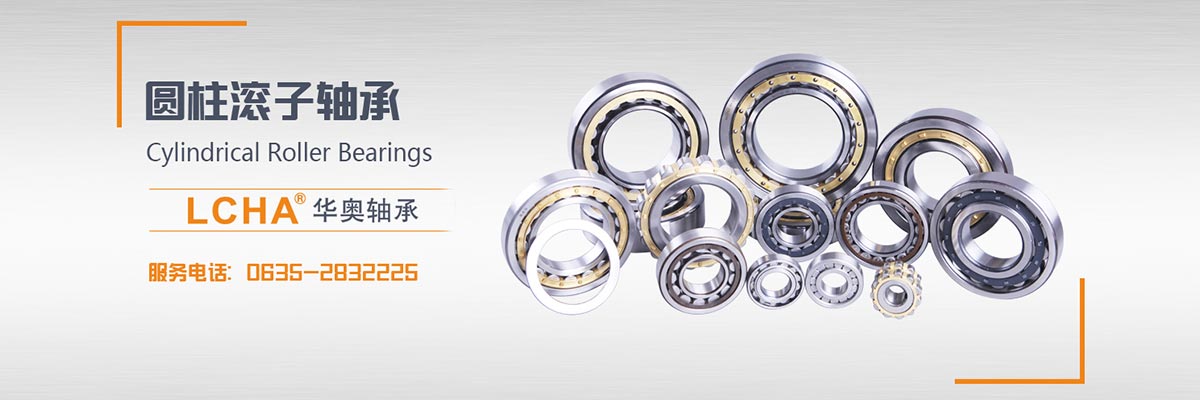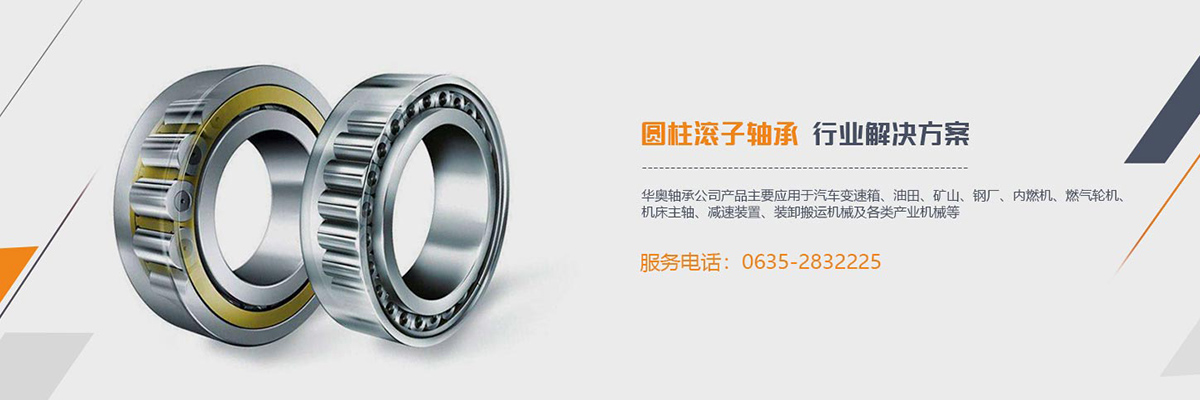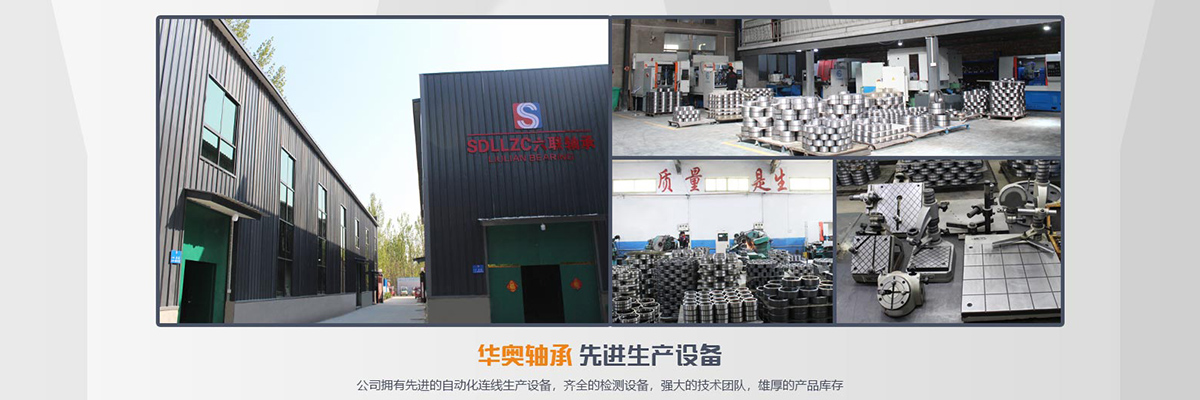Heating and heat dissipation of cylindrical roller bearings
2020-05-06The working temperature of cylindrical roller bearings depends on a variety of factors, including the calorific value of all relevant heat sources, the heat flow rate between the heat sources and the heat dissipation capacity of the system. Heat sources include bearings, seals, gears, clutches, oil supply, etc. Heat dissipation depends on many factors, including the material and design of the shaft and bearing housing, the circulation of lubricating oil, and external environmental conditions. Under normal operating conditions, most of the torque and heat of the bearing model come from the dynamic loss of elastic fluid at the contact portion of the roller / bearing ring. Heating is a product of bearing torque and speed. Use the following formula to calculate the calorific value. Qgen = k4n M tapered bearings can use the following formula to calculate the torque. M = k1G1 (nμ) 0.62 (Peq) 0.3 where: k1 = bearing torque constant = 2.56 x 10-6 (the unit of M is Newton-meter) k4 = 0.105 (the unit of Qgen is W and the unit of M is Newton- M) Non-conical bearings.
Heat dissipation: How to determine the heat flow of a bearing in a special application is a complicated issue. Generally speaking, the factors that affect the rate of heat dissipation include: 1. The temperature gradient from the bearing to the housing. This factor is affected by the size of the bearing housing and external cooling devices (such as fans, water cooling devices, etc.). 2. Temperature gradient from bearing to shaft. All other heat sources, such as gears and other bearings, and adjacent components can affect the temperature of the shaft. 3. Heat removed by circulating oil lubrication system. To some extent, factors 1 and 2 can be different depending on the application. The heat dissipation mode includes heat conduction in the system, convection on the inner and outer surfaces, and heat radiation between adjacent structures. In many applications, heat dissipation can be divided into two parts-the heat removed by the circulating oil and the heat dissipated through the structure. The heat taken away by the cooling oil of the circulating oil system is easier to control. In splash lubrication systems, cooling coils can be used to control the lubricating oil temperature.
The heat removed by the lubricating oil in the circulating oil lubrication system can be calculated using the following formula. Qoil = k6 Cpρf (θo-θi) where: k6 = 1.67 x 10-5 (the unit of Qoil is W) = 1.67 x 10-2 (the unit of Qoil is BTU / min) If the circulating lubricant is mineral oil, take away The heat of can be calculated by the following formula: Qoil = k5 f (θo-θi) The following coefficients are applicable to the heat generation and heat dissipation formulas listed on this page. Where: k5 = 28 (Qoil unit is W, f unit is L / min, θ unit is ° C).
 中文版
中文版 ENGLISH
ENGLISH







